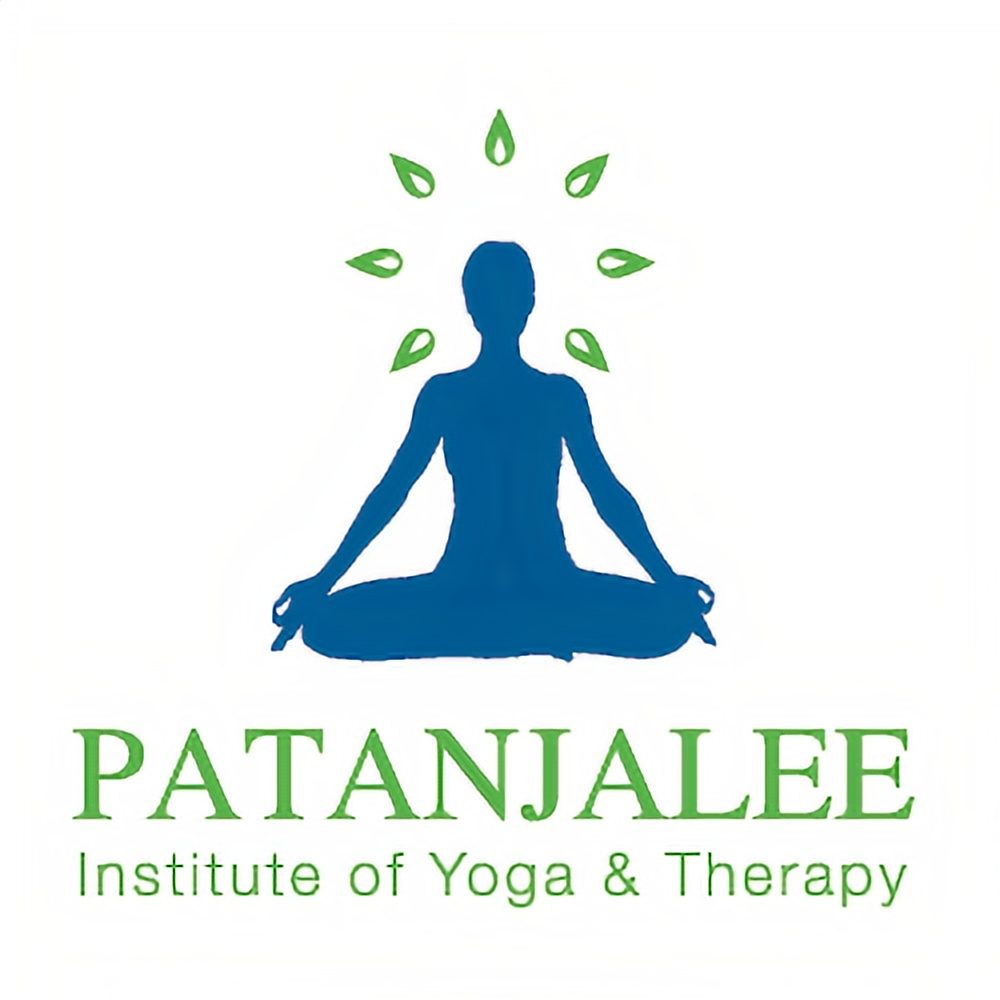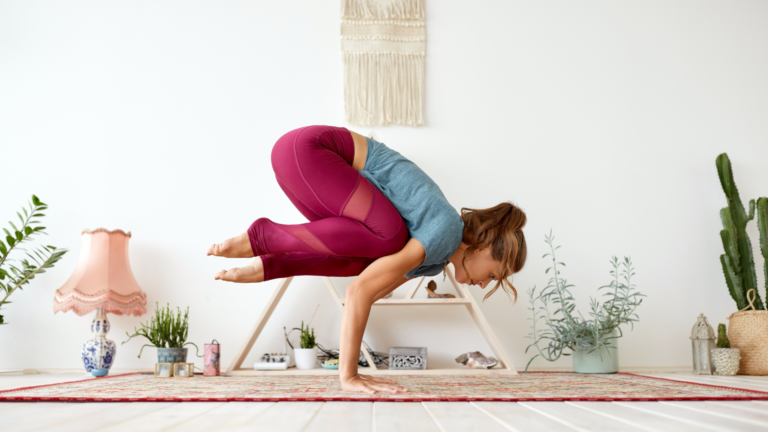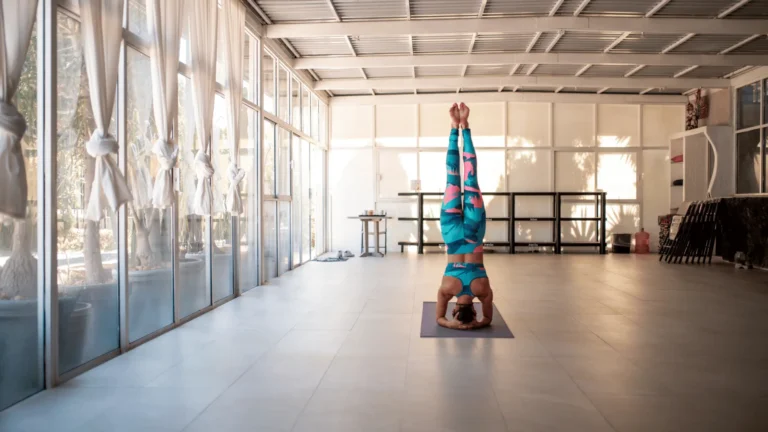USTRASANA – The Camel Posture: Steps and Benefits
Ustrasana, commonly known as the Camel Pose, is a yoga asana that derives its name from the Sanskrit word “ustra,” which translates to camel. The final posture of this pose closely resembles the graceful hump of a camel. This asana is not only visually striking but also offers a myriad of benefits for the body, mind, and spirit.
In this blog, we will delve into the art of Ustrasana, exploring the steps to perform this pose, the array of advantages it offers, and essential tips to enhance your practice. Let’s explore the beauty and health advantages of this pose, making it accessible for everyone.
Step-by-Step Guide of Ustrasana

Step 1: Begin by sitting erect with your legs stretched out in front of you. Ensure that your heels are together, and place your palms on the floor by the sides of your buttocks.
Step 2: Fold your right leg at the knee and position the heel under your right buttock.
Step 3: Repeat the same motion with your left leg, folding it at the knee and placing the heel under the left buttock, assuming the Vajrasana position.
Step 4: Stand on your knees, making your trunk vertical.
Step 5: Gently recline your body backward and place your palms on the soles of your feet.
Step 6: Slowly release your palms and return to the Vajrasana position.
Step 7: Gradually sit on your heels.
Step 8: Unfold your left leg and extend it straight.
Step 9: Similarly, unfold your right leg and place it on the side of your left leg.
Benefits of Ustrasana
Cultural Benefits: Ustrasana enhances the spine’s flexibility and increases blood flow to the brain. It also tones up abdominal viscera and stretches the thoracic region.
Therapeutic Benefits: This asana is particularly beneficial for individuals experiencing backaches, breathing problems, arthritis, lumbago, sciatica, flatulence, and gastric troubles.
Spiritual Benefits: Practicing Ustrasana helps in developing confidence and activates the practitioner, promoting a sense of inner strength and focus. It also aids in breaking free from tamas, one of the three gunas in yoga philosophy associated with lethargy and darkness.
Tip for Beginners:
- For beginners, touching hands to feet in Ustrasana can be challenging and may strain the back or neck. Start by tucking toes under and elevating heels to lessen the strain.
- If this is still challenging, use yoga blocks. Place yoga blocks just outside each heel and set them at their highest position, approximately 9 inches in height.
- If the above options are not comfortable, try using a chair:
- Kneel with your back to the chair.
- Ensure your calves and feet are positioned below the chair seat.
- The front edge of the seat should touch your buttocks.
- Lean back and position your hands on the sides of the chair seat or higher up on the front legs of the chair.
What is Ardha Ustrasana yoga?
Ardha Ustrasana, commonly known as Half Camel Pose, is a yoga asana that involves a deep backbend and is considered an intermediate-level pose. In Sanskrit, “Ardha” means half, and “Ustra” means camel. This pose is named so because the final position resembles the hump of a camel.
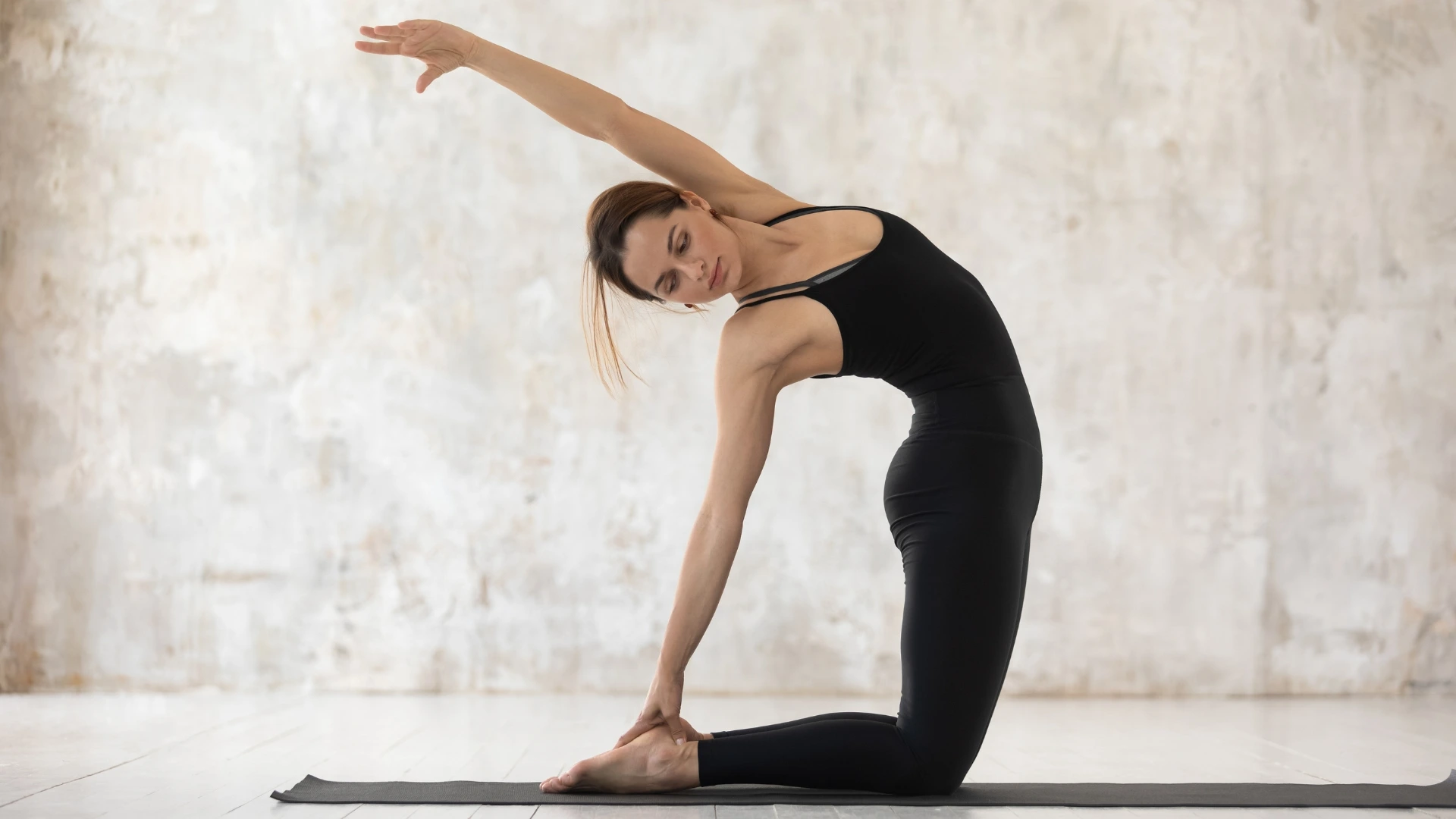
To practice Ardha Ustrasana:
- Start by kneeling on the mat with your knees hip-width apart.
- Place your hands on your hips and align your shoulders with your hips.
- Inhale as you lift your chest towards the ceiling, arching your back.
- Reach your right hand back to grasp your right heel or ankle, extending the left arm forward.
- Hold the pose for a few breaths, feeling the stretch in your chest, abdomen, and thighs.
- Repeat on the other side.
Benefits of Ardha Ustrasana
- Backbend Stretch: Ardha Ustrasana provides a deep stretch to the entire front of the body, particularly the spine, chest, and abdomen. This helps in improving spinal flexibility and relieving stiffness.
- Stimulates Digestive Organs: The pose stimulates the digestive organs, promoting better digestion and potentially alleviating issues like bloating and indigestion.
- Strengthens Back Muscles: The backbend action engages and strengthens the muscles along the spine, including the erector spinae, which can contribute to improved posture. To get rid of back pain, you can attend online yoga classes for back pain.
- Opens the Chest and Heart Center: Ardha Ustrasana opens up the chest and heart center, promoting emotional well-being and helping to counteract the effects of poor posture and slouching.
- Improves Respiratory Function: The expansion of the chest in this pose enhances lung capacity and encourages deep, diaphragmatic breathing, which can be beneficial for respiratory health.
- Stimulates the Thyroid Gland: The compression and stretching involved in Ardha Ustrasana can stimulate the thyroid gland, potentially helping to regulate metabolism.
It’s important to approach Ardha Ustrasana with caution, especially if you have any existing back or neck issues. Consult with a yoga instructor or healthcare professional to ensure that this pose is suitable for your individual circumstances. As with any yoga practice, listen to your body, and avoid pushing yourself into discomfort or pain.
Variations of Ustrasana for Different Levels
While the traditional Ustrasana offers profound benefits, variations of the pose make it accessible for practitioners of all levels:
Supported Ustrasana – Beginners can place their hands on their lower back instead of reaching for the heels. This reduces strain and still allows for a gentle backbend.
Dynamic Ustrasana – Instead of holding the pose statically, gently move in and out of the backbend with each inhale and exhale. This dynamic flow improves flexibility while keeping the spine active.
Advanced Ustrasana – Experienced practitioners may deepen the pose by dropping their head fully back, engaging the thighs, and holding the heels firmly, which provides a deeper chest and throat opening.
These variations allow practitioners to build strength, flexibility, and confidence gradually, ensuring that the benefits of Ustrasana can be experienced safely at every stage of practice.
Yoga as Moderate Physical Activity
Though not specific to Ustrasana, a typical yoga session—including similar asanas and breath work—provides moderate-intensity physical activity, averaging 2.2 ± 0.7 METs per asana and 2.9 ± 0.8 METs overall—comparable to light-to-moderate exercise.
What Is The Duration Of Holding Ustrasana?

For Ustrasana, holding the pose for 20 to 30 seconds is generally recommended, gradually increasing duration with experience. Beginners may start with shorter holds, ensuring proper alignment and comfort. Holding for at least 15 seconds allows muscle engagement and stretching. Advanced practitioners may extend the duration to a minute or more. As per India book of records, the longest duration to hold Ustrasana pose is 8 minutes and 2 seconds .
Can You do Ustrasana During Periods?
Women can practice Ustrasana during periods based on comfort. While some may find it beneficial, others might prefer gentler poses due to discomfort. Listen to your body, modify as needed, and prioritize well-being. If uncomfortable, choose alternative poses. Consult with a healthcare professional or yoga instructor for personalized advice.
Who Should Avoid Practicing Ustrasana?
People with certain health conditions should avoid Ustrasana or the Camel Pose. This includes heart patients, hernia sufferers, and those with uncontrolled high blood pressure due to the pose’s intense backbending nature. Additionally, individuals with recent neck or spinal injuries and pregnant women, particularly in the later stages of pregnancy, should exercise care or skip this asana altogether. Prior consultation with a qualified yoga instructor or healthcare professional is strongly recommended for those with medical concerns to ensure a safe and appropriate practice.
You can also read our blog about SASANKASANA – The Rabbit or The Crescent Moon Posture: Steps and Benefits
Subtle Points to Remember:
- When bending in Ustrasana, keep your knees together to maintain proper alignment and balance.
- Focus on your breath. Exhale when bending downwards and inhale as you come up. In the final position, maintain normal breathing.
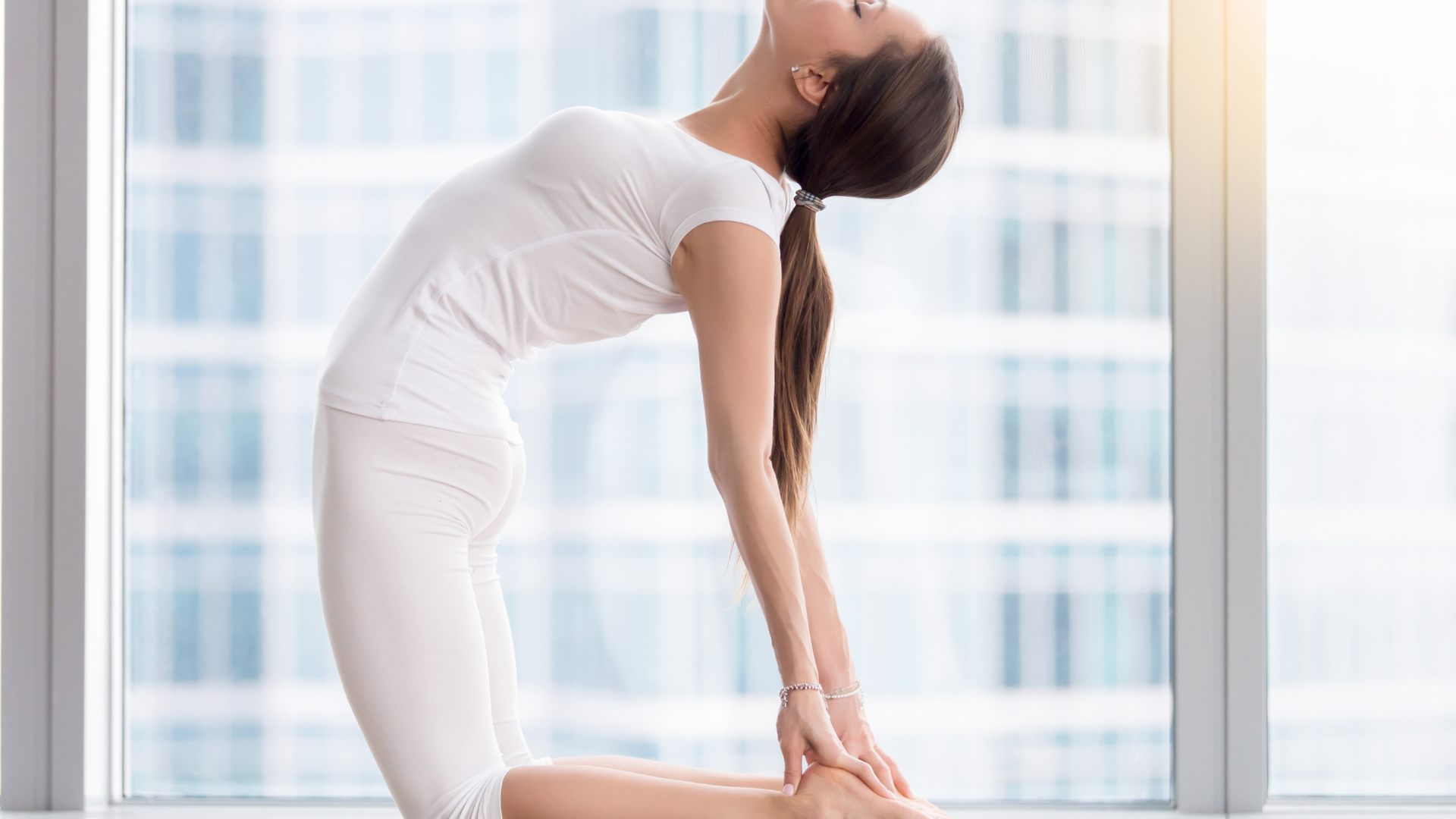
Conclusion:
Ustrasana, or the Camel Pose, is a powerful yoga posture that not only resembles the majestic grace of a camel but also offers a wide range of physical, therapeutic, and spiritual benefits. By incorporating this asana into your yoga practice, you can enhance your flexibility, alleviate various health issues, and tap into your inner strength and confidence. You can, however, join online yoga classes and practice Ustrasana under the guidance of a yoga expert to maximize the benefits and minimize the risks associated with it.
